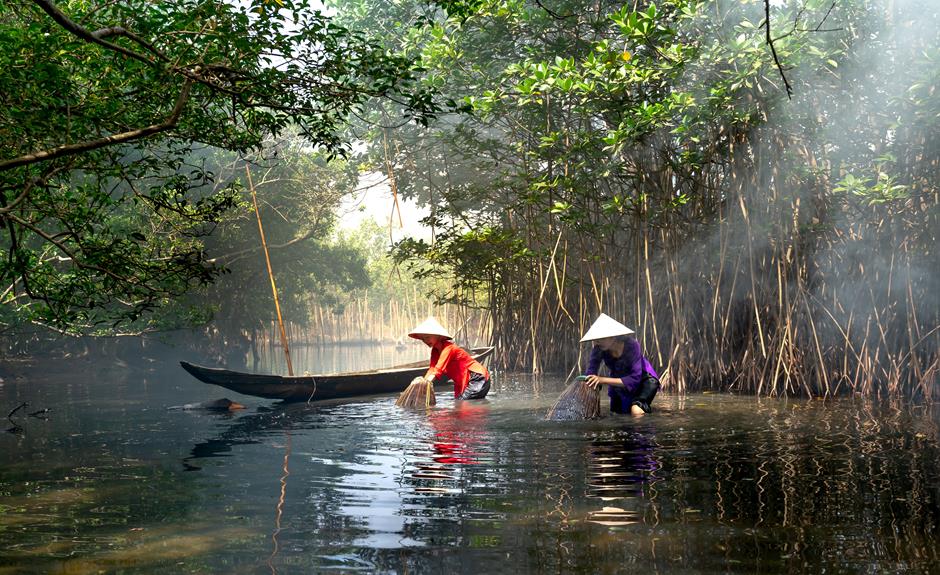We, the stewards of our oceans, invite you to explore the top advantages of sustainable fishing practices.
By embracing these practices, we not only protect the delicate balance of marine ecosystems, but also ensure the preservation of fish stocks for future generations.
Moreover, sustainable fishing offers economic benefits for fishing communities, reduces bycatch and habitat damage, and secures long-term food security.
Join us on this journey towards a healthier, more sustainable future for our oceans and all who depend on them.
Conservation of Marine Ecosystems
Conservation of marine ecosystems is vital for the long-term health and sustainability of our oceans.
Marine biodiversity, which encompasses the variety of species and habitats in the ocean, plays a crucial role in maintaining the balance of marine ecosystems.
Sustainable fishing methods are essential for preserving this biodiversity. Overfishing and destructive fishing practices can have detrimental effects on marine ecosystems, leading to the depletion of fish populations and the destruction of habitats.
By implementing sustainable fishing practices, such as using selective fishing gear and establishing marine protected areas, we can minimize the negative impacts on marine biodiversity.
These practices allow for the replenishment of fish stocks and the protection of critical habitats, ensuring the long-term health and sustainability of our oceans.
Preservation of Fish Stocks
To ensure the long-term health and sustainability of our oceans, it’s crucial that we prioritize the preservation of fish stocks through sustainable fishing. By employing responsible fishing practices and sustainable fishing methods, we can effectively preserve fish stocks and safeguard the delicate balance of marine ecosystems.
Here are three key reasons why the preservation of fish stocks is essential:
- Maintaining biodiversity: Sustainable fishing helps prevent overfishing, allowing fish populations to thrive and maintain their role in the ecosystem. This ensures a diverse range of species, promoting a healthy and resilient marine environment.
- Protecting food security: Preserving fish stocks guarantees a stable supply of seafood for communities that rely on fishing as a source of sustenance and livelihood. Sustainable fishing enables the continued availability of this valuable food resource.
- Promoting ecological resilience: Healthy fish populations contribute to the overall resilience of marine ecosystems. By preserving fish stocks, we enhance the ability of ecosystems to adapt to environmental changes and maintain their ecological functions.
Economic Benefits for Fishing Communities
Preserving fish stocks through sustainable fishing practices provides numerous economic benefits for fishing communities. By adopting sustainable fishing methods, such as implementing catch limits and using selective fishing gear, fishing communities can ensure the long-term availability of fish stocks.
This, in turn, leads to increased employment opportunities and income generation for community members. Sustainable fishing promotes the growth of fish populations, allowing fishermen to catch more fish in the future. This creates a stable and reliable source of income for fishing communities, reducing their dependence on unpredictable fish stocks.
Additionally, sustainable fishing often attracts eco-tourism, which further boosts the local economy. By preserving fish stocks and adopting sustainable practices, fishing communities can secure their economic well-being and ensure a prosperous future for generations to come.
Reduction of Bycatch and Habitat Damage
By implementing sustainable fishing, we can effectively reduce the detrimental impacts of bycatch and habitat damage on marine ecosystems. Sustainable fishing practices aim to prevent overfishing and minimize environmental impact.
Here are three key ways in which these practices help achieve these goals:
- Bycatch reduction: Sustainable fishing methods employ techniques that specifically target the desired species, thus reducing the unintentional capture of non-target species. This helps protect vulnerable species and maintain the balance of marine ecosystems.
- Gear modifications: Sustainable fishing often involves the use of gear modifications, such as escape panels or acoustic deterrent devices, which allow non-target species to escape from fishing gear. These modifications help minimize bycatch and protect critical habitats.
- Protected areas: Implementing marine protected areas and no-take zones can help safeguard important habitats and breeding grounds. These areas provide refuge for marine species, allowing them to thrive and contribute to the overall health of the ecosystem.
Long-term Food Security
Sustainable fishing ensures long-term food security by promoting the responsible management and conservation of marine resources. As climate change continues to impact our oceans, sustainable fishing techniques can help mitigate these effects and maintain a stable food supply.
Rising temperatures and ocean acidification pose significant challenges to marine ecosystems, affecting fish populations and their habitats. By implementing sustainable fishing methods, such as catch limits and gear modifications, we can help protect vulnerable species and maintain a healthy balance within the ecosystem.
Additionally, sustainable fishing encourages the use of selective fishing methods, reducing the likelihood of overfishing and allowing fish populations to replenish. This in turn ensures a consistent supply of fish for future generations, contributing to long-term food security and the well-being of our planet.
Conclusion
Sustainable fishing practices offer numerous advantages for our marine ecosystems, fish stocks, fishing communities, and long-term food security.
By conserving marine ecosystems and preserving fish stocks, we ensure the health and balance of our oceans. This, in turn, benefits fishing communities economically and reduces bycatch and habitat damage.
Embracing sustainable fishing isn’t only the responsible choice but also the key to maintaining a harmonious relationship between humans and the sea, for as the saying goes, ‘A rising tide lifts all boats.’




